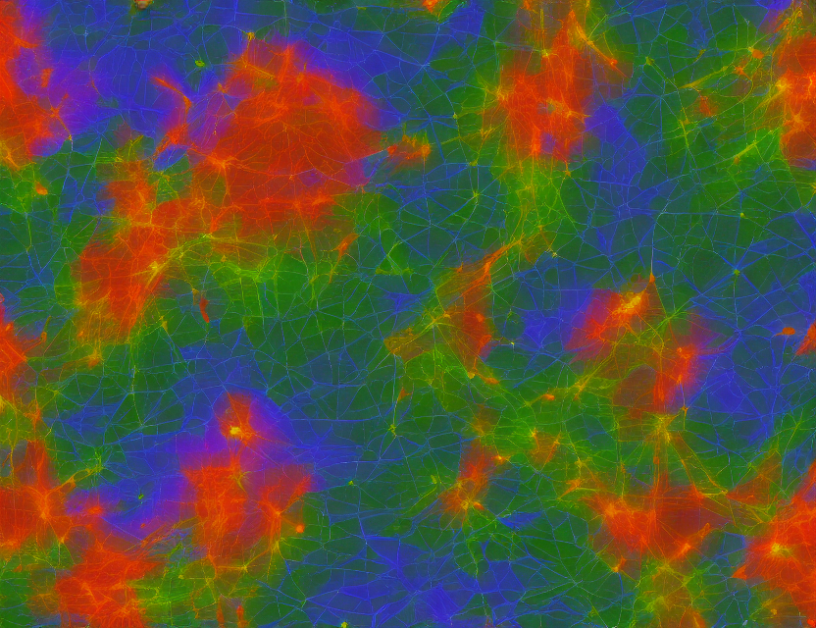Neural Radiance Fields (NeRFs) are a popular technique for generating images from 3D scenes. However, they can produce poor results when faced with sparse input data, such as a single image or a small number of views. To address this challenge, researchers have proposed Regnerf, a regularization technique that improves the quality of NeRFs by incorporating sparse inputs.
Regnerf works by adding a regularization term to the NeRF loss function that encourages the model to produce more accurate results for sparse inputs. This is achieved through a novel optimization method that iteratively adjusts the parameters of the NeRF to minimize the regularization term. The optimization process is repeated until the NeRF produces images that are consistent with the sparse input data.
The Regnerf technique has several advantages over traditional NeRFs. Firstly, it can handle a wide range of input data types, including single images and videos. Secondly, it can improve the quality of the generated images, even when the input data is limited. Finally, Regnerf is computationally efficient, making it suitable for real-time applications.
In summary, Regnerf is a powerful regularization technique that improves the performance of NeRFs for view synthesis from sparse inputs. By incorporating sparse inputs into the training process, Regnerf can produce more accurate and detailed images, making it an important tool for 3D rendering and computer vision applications.
Computer Science, Computer Vision and Pattern Recognition
Neural Radiance Fields for View Synthesis: A Comprehensive Review



